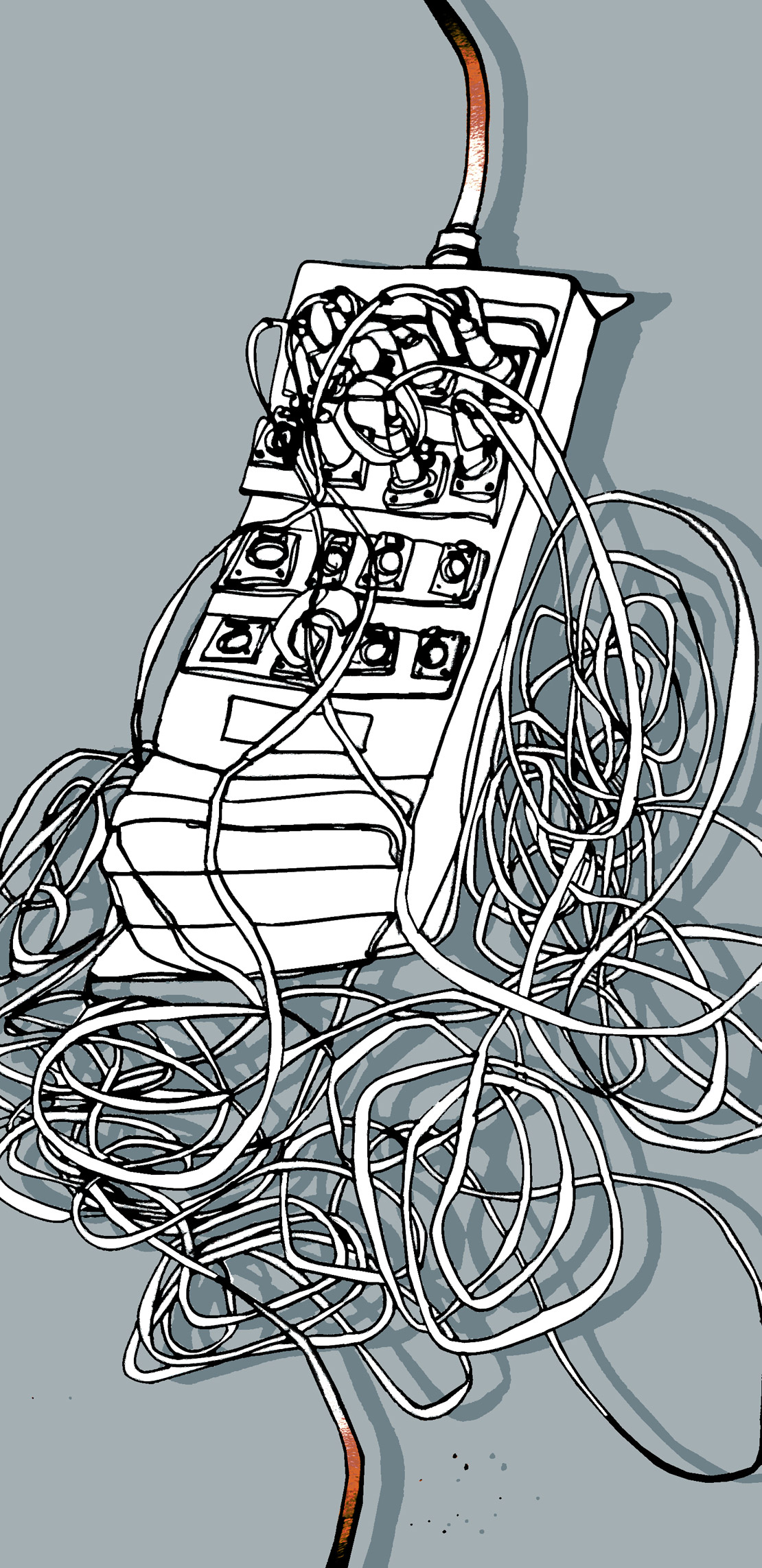I have not been excited about a new mic preamp in a long time, especially a solid-state one. You know what I mean? Doesn't it feel like in the last 10 years or so, we witnessed an explosion in the mic preamp category, and now again in the 500-series format, and some of these new products sound great and maybe some of them don't; but c'mon, what the world needs now is another mic preamp, right? So, when Bill Cheney at Spectra Sonics started telling me over the phone about the prototypes for his new mic preamp based on a rare one-off console, I said, "Wow Bill, great! Can't wait to hear them." Bill is a really nice guy, and I like him, so what else was I going to say? "Ah Bill, you're crazy. There are already too many mic preamps out there. Quit while you're ahead." So when he shipped a pair over, you can only guess how excited I was to install them in the studio. But, the first thing I always do when I get new gear is open it up and see how it's built. Once I opened one up, I started to get quite curious. The build is super solid - beefy circuit boards with fat, wide traces and Sowter transformers. The EQ is a passive inductor circuit with three substantial inductors poking out of the board. Hmm, this has a bit more component mojo than your average mic preamp. So I wired the pair into the patchbay.
The first time I used them, it was on kick and snare on a drummer I'd recorded many times with the same damn, "these mics always sound fine, so why change now" mics I always use on him. But there was a big difference. It sounded way better! Huge, but open and clean - kind of what you'd expect from an API, but bigger and more open somehow. It didn't really need any EQ, but in the spirit of evaluating the M-502 completely, I gave the EQ portion a spin anyway, and damned if small amounts of EQ didn't take things to an even better place. For that matter, even large amounts of boost sounded great, with no distortion or weird phase anomalies. But in the end, EQ just wasn't needed as the preamps sounded so good. On the subject of EQ, it's a bit quirky as there is no zero position; the level knobs click at +2 or -2 dB. But each band has its own bypass, and once you get used to working this way, it makes a lot of sense. Why would you want the EQ in the circuit anyway if it's set to 0 dB? I should also mention that the preamps have a crapload of gain! There is an output knob and two pads at 10 and 20 dB. Without one of the pads engaged, you'd have a hard time getting the output knob past 1 or 2, the signal is so hot. I went on to use the preamps on this same project quite a bit for acoustic and electric guitars as well as percussion, and in every instance, they sounded great. Every time I used the M-502, it was a keeper track. Man, I want a console made from these! Wait a minute, that's where these things came from actually...
The M-502 is based on the 502 EQ (1969) and 101 mic preamp (1964) originally designed in the mid to late 1960s. Spectra Sonics, was based in Ogden, Utah and was founded and run by William G. Dilley, Chief of Electronic Engineering for ballistic missile systems, U.S. Air Force, in his previous day job. Spectra Sonics initially offered preamps, summing modules, and equalizer modules, along with power supplies and card frames. Manufacturers such as Auditronics, based in Memphis, TN, built consoles around these products such as the Stax and Ardent consoles. In 1970, Chris Stone and Tom Hidley contracted Spectra Sonics to build a three-piece custom console for Record Plant New York, Studio A. The console was one of the first to use the new 502 EQ design, which featured three selectable bands of EQ as well as boost and cut. After that, the 502 EQ became the standard in the next 30 or 40 consoles that Spectra Sonics built. The 101 mic preamp was first designed in 1965, and the circuit has remained unchanged since then. Roy Cicala, who would later take over the helm at Record Plant, used this console to record quite a few records by artists like John Lennon, Bruce Springsteen, and Aerosmith. It was at Roy's continued urging that Bill Cheney began to look at the 502 reissue.
I started telling visiting engineers about the M-502 when they came into The Hangar, and every one of them would make a point of telling me after their session how impressed they were with it. I have one very discerning engineer who loves the M-502 but had become accustomed to using our Skibbe Flickinger preamps for make-up gain with our Roll Music Systems RMS216 summing mixer (Tape Op #45) that he uses on subgroup outputs when mixing. During his last session, the Flickingers were out on a remote gig, and he was a bit panicked. I suggested he try the M-502s instead. "How'd they sound?" I asked him later. "Amazing. Just as good as the Flickingers - and maybe even a little better in the bottom end." With the 1RU-height RMS216 and the 1RU pair of M-502s, you've got a pretty formidable analog mixing station in two rackspaces, with a nice 2-bus EQ to boot. Hmmm, that has me thinking, maybe I can build a full console based around M-502s. Seriously though, even if you already own a bunch of great sounding solid-state preamps, you should really check out the M-502. It's in a class all its own. ($2495 direct; www.spectra-sonics.com)
-JB, www.thehangarstudios.net




_disp_horizontal_bw.jpg)